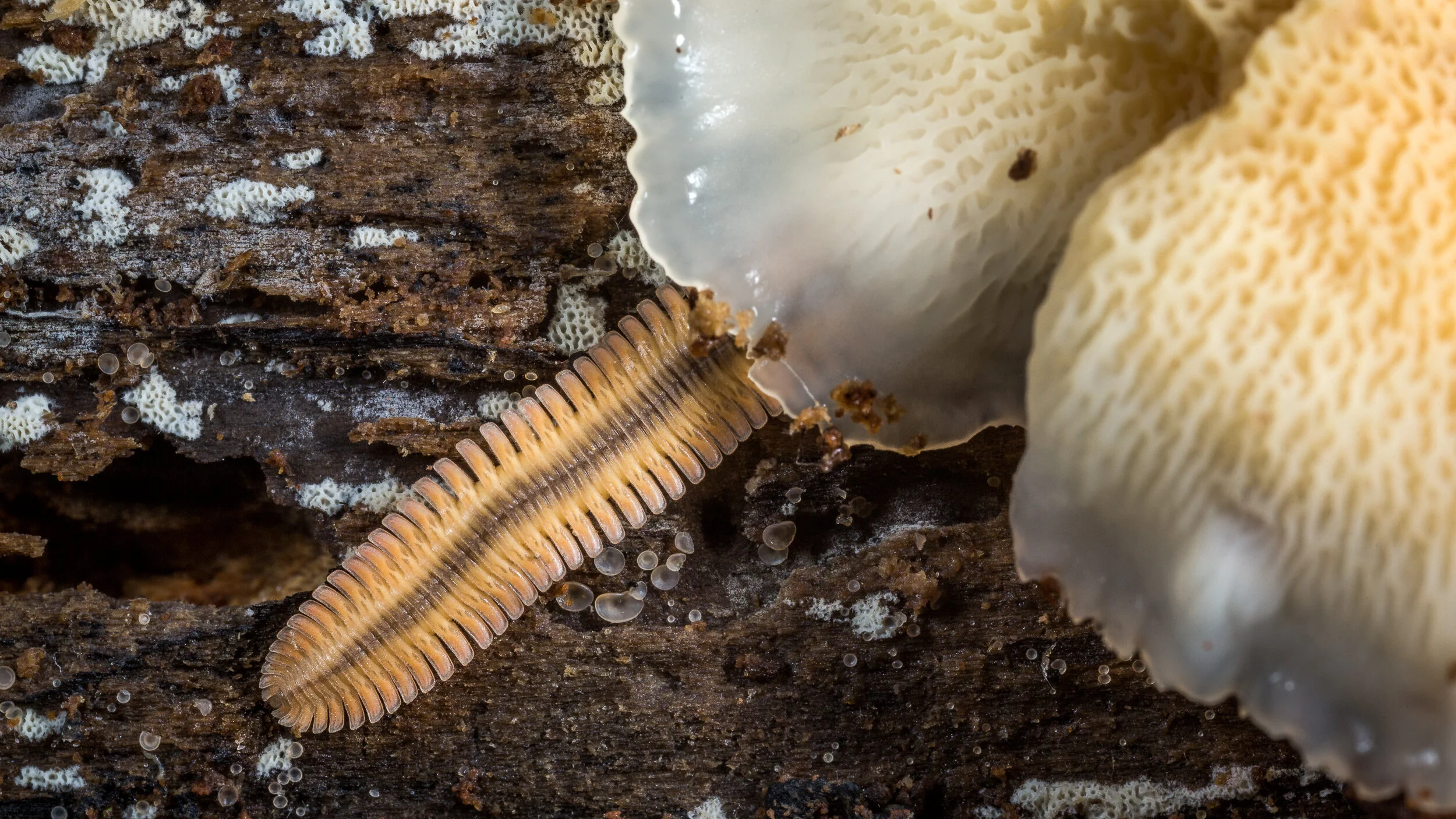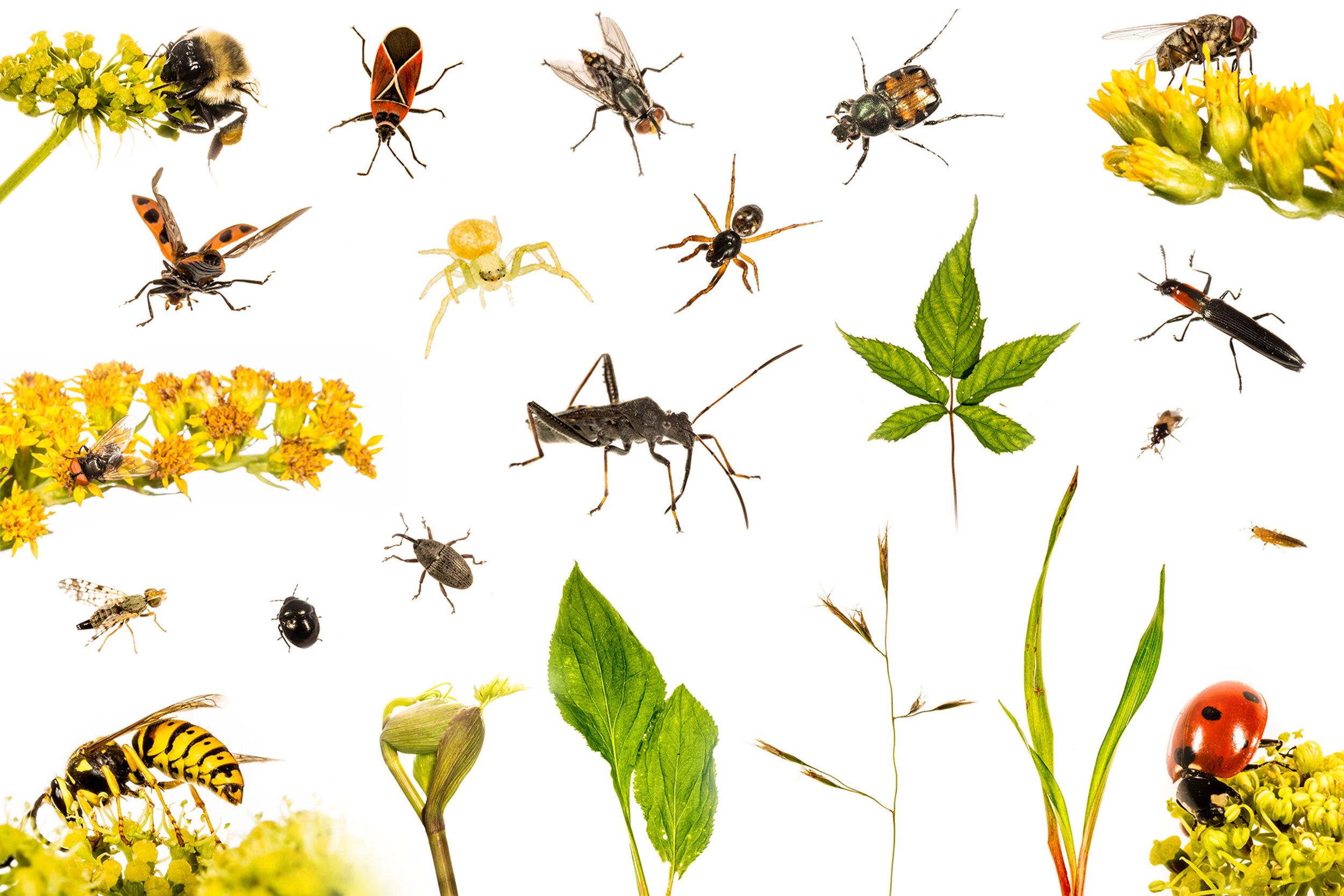biodiversity
The variety of life in the world or in a particular habitat or ecosystem
If I asked you to name the first animal that came to your mind when thinking about wildlife, what would it be? Was it a large terrestrial mammal like an elephant or a lion? While large charismatic species like these receive most of the media attention, the overwhelming majority of life on earth will fit on the tip of your finger. Approximately 80% of all species are insects, with beetles being the most diverse group of animals, containing 500,000 species. One out of every four animals on earth is a beetle.
I began the Biodiversity Plots project in Great Smoky Mountains National Park. I placed 3ft x 3ft quadrats on the forest floor in four different habitats. Within each plot, I photographed every visible living plant of animals I could find. While this is only a fraction of what lives within these small spaces, it shows you don’t have to move even one step in many instances to find a diverse group of organisms.
Albright Grove - Albright Grove is an old-growth hardwood forest that was spared during intense logging years in the Smoky Mountains. Here you will see tulip trees towering over 130 ft tall with a healthy and diverse understory. Old-growth forests are areas with no significant disturbance, such as logging, or pollution, which creates a unique ecosystem with some species not found outside of old-growth.
Andrews Bald - Andrews Bald is the highest grassy bald in Great Smoky Mountains National Park, standing at 5,920 ft. Native grasses and shrubs dominate the bald, leading to lower diversity in plants. There is high diversity in insects gathering pollen or those that hide within the flower to prey on the pollinator itself.
Cades Cove - Cades Coves is a mixture of valley and a pine-oak forest with rhododendron and hemlock following creeks meandering through the forest. This is a habitat where valley meets forest, and you can see the gradual change of species as you move deeper into the trees. Since this habitat is at a much lower elevation than the others, temperatures tend to be much higher.
Clingmans Dome - Clingmans Dome is the highest point in Great Smoky Mountains National Park, standing at 6,644 ft. At this elevation, the landscape is much cooler and is dominated by spruce-fir forests. Fraser fir and balsam fir are prevalent in this high wind and frost environment, with red spruce dominating around 4,500 ft elevation.





